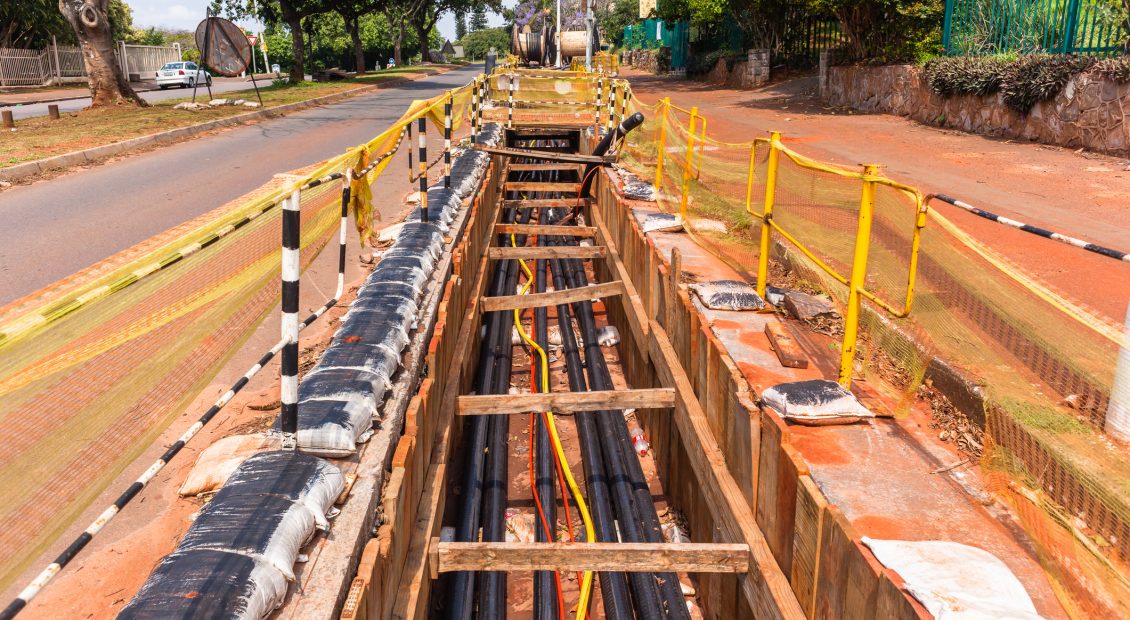
New satellite connectivity: Rising star or pie in the sky?
New players, technologies and business models are raising the prospect of valuable, new satellite connectivity services. But how credible are the new opportunities and what do operators need to do?




